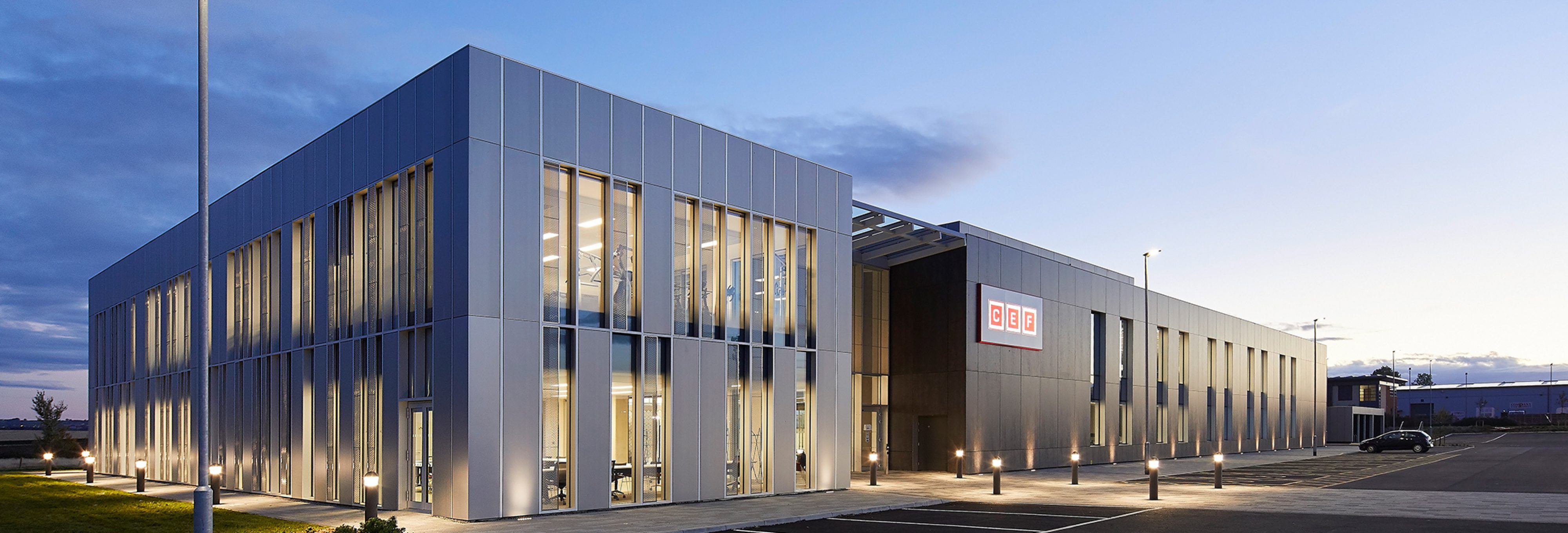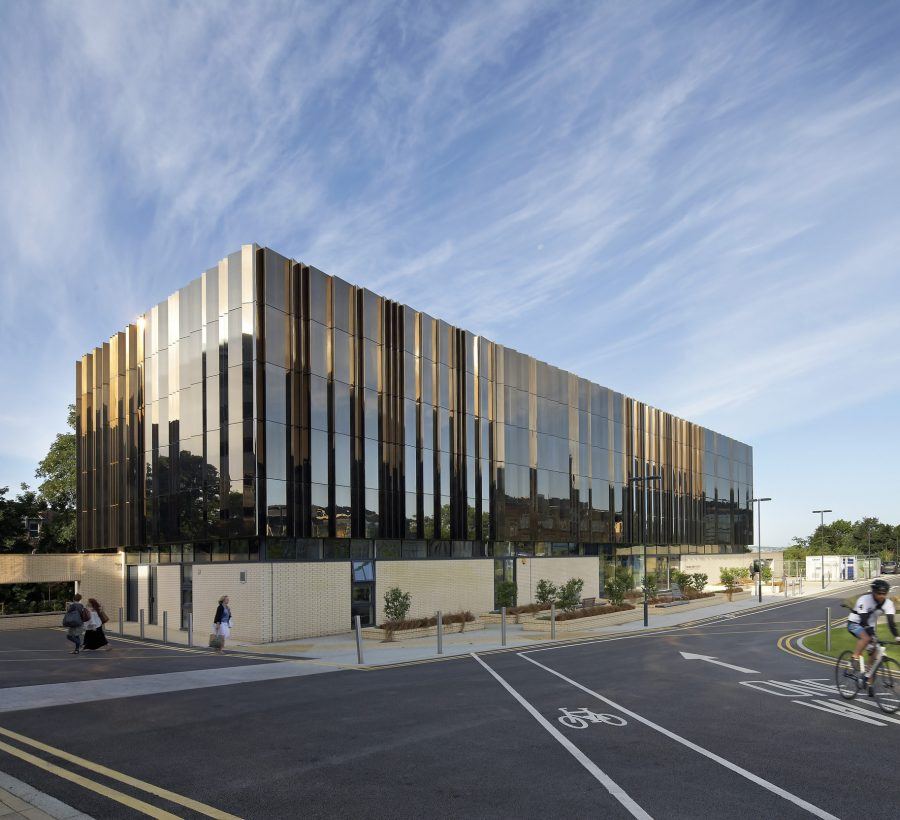Rainscreen Cladding Systems
Rainscreen cladding is a double-wall construction method that employs an outer layer to shield a building from rain and an inner layer to provide thermal insulation, minimize air leaks, and withstand wind loads. The outer layer, akin to a breathable skin, allows for moisture drainage and evaporation, while the inner layer conserves energy by reducing heat loss.





